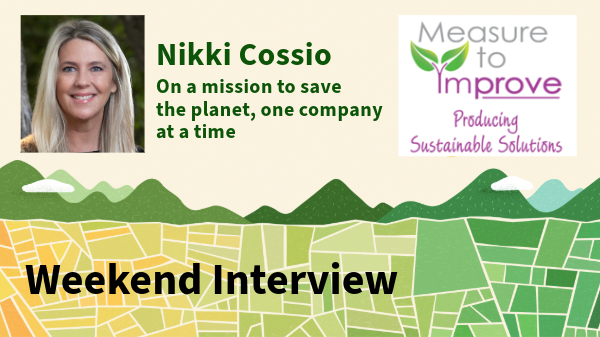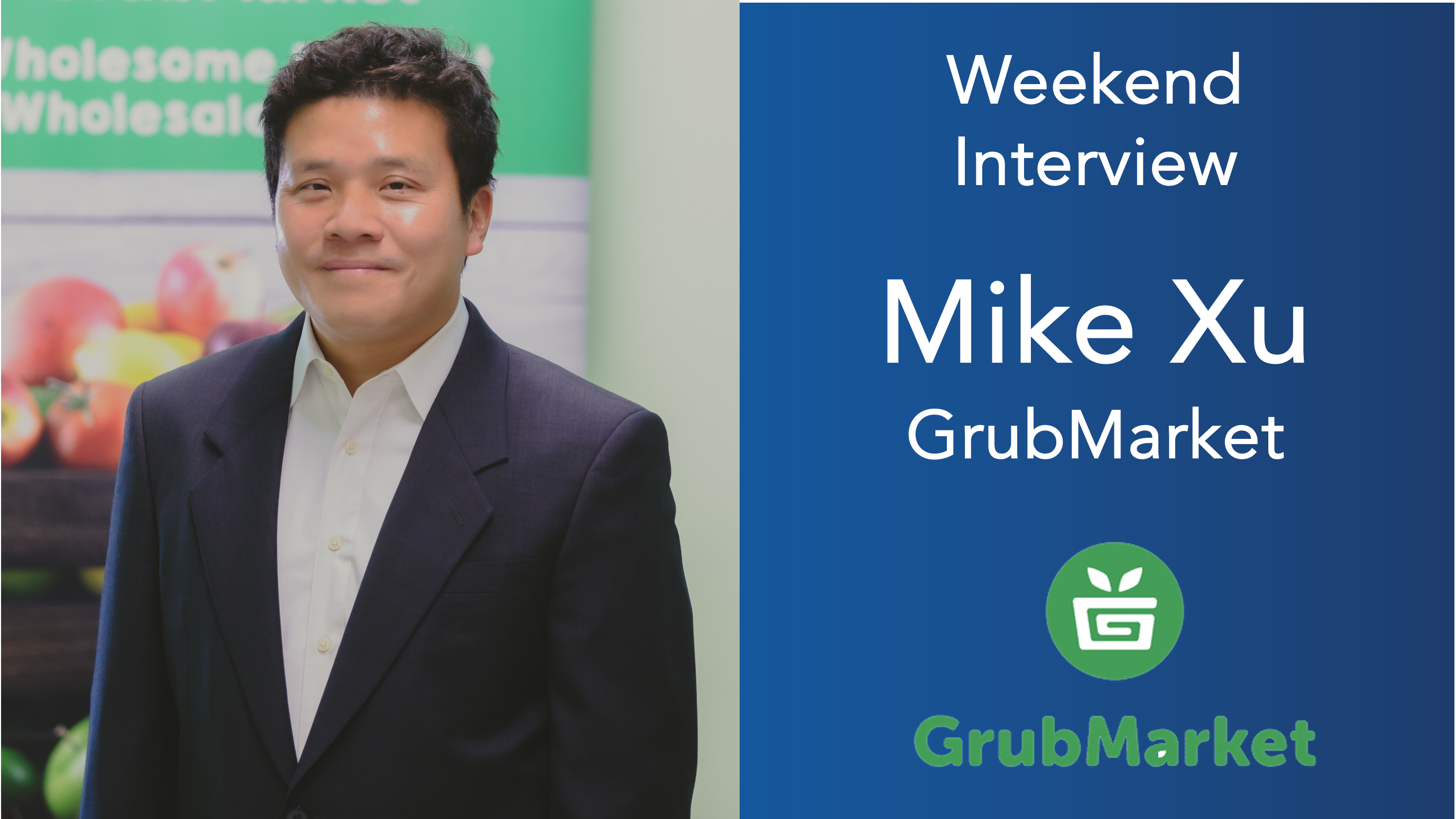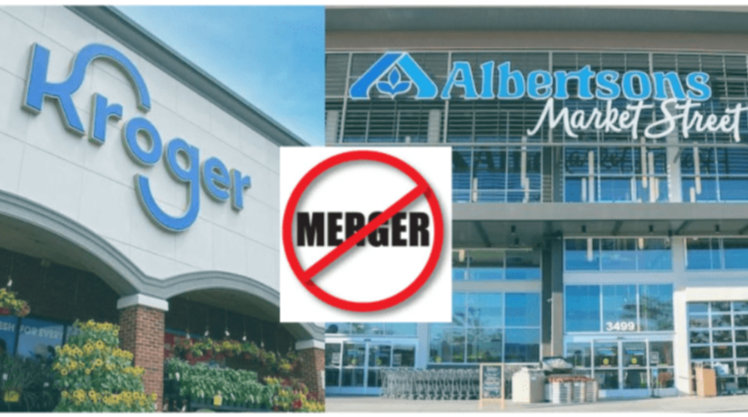Welcome to Blue Book!
Are you ready to join the thousands of companies who rely on Blue Book to drive smarter decisions? View our plans and get started today!
Still have questions? We’d love to show you what Blue Book can do for you. Drop us a line– we’ve been waiting for you.
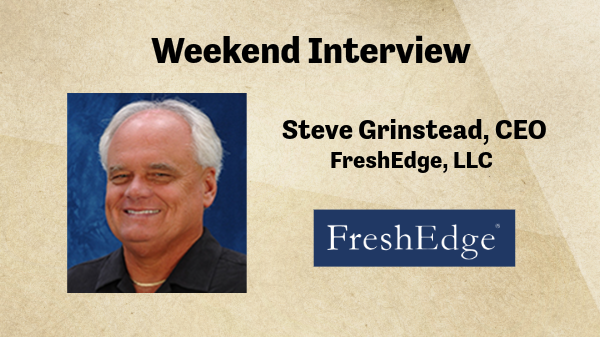
In this article
Founded in 2019, Indianapolis, IN-based FreshEdge, LLC is living up to its name. The ever-expanding family of grower-shippers, processors, and distributors provides an enticing array of fresh products and specialty brands to retail, foodservice, and institutional customers across the Midwest and Southeast.
We asked Steve Grinstead, CEO, for his thoughts on the state of the industry and how FreshEdge is navigating the ups and downs.
Q: Tell us about your background and how FreshEdge came into the picture.
I’ve had the honor of starting and leading numerous companies during my career. We started FreshEdge by combining IF&P Foods BB #:193681 with Get Fresh Produce BB #:161388 in July of 2019.
Q: What was the original blueprint or vision for FreshEdge?
Our vision was to help consolidate the industry by bringing together many of the top companies and forming the FreshEdge family of best-in-class companies.
We originally focused on the middle of the country and have been expanding outward from there.
Q: How many companies are part of the group now? What makes a particular business atrractive or a good fit for FreshEdge?
We now have 26 operating companies and cover 25 states.
We’re focused on great companies interested in a new beginning vs. an end.
We’re focused on great companies interested in a new beginning vs. an end. We like them to afford us one or more of the following: greater geographic coverage, additional customer relationships, or additional product line expertise—ideally, a combination of all three.
Q: Vertical integration and a geographic network certainly lend themselves well to economies of scale, but is there such a thing as being too big?
Our industry is still far too fragmented to be healthy; much more consolidation is needed. We’re a long way away from being too big.
Q: But can’t size provide an unfair advantage or stifle competition, which seemed to be primary reason the Kroger and Albertsons merger failed?
Consolidation had already happened in the retail space—then, two of the handful of players left tried to merge.
The produce space hasn’t significantly consolidated. There are thousands of companies, many markets with 10 to 20 serious competitors. There’s still a very long way to go until consolidation limits competition enough to possibly drive prices up.
Q: Tell us about your USDA kitchen, how did this come about and what happens there?
At the USDA Kitchen, we prepare sandwiches, salads, wraps, and many other grab-and-go options that include various meat products.
This requires a USDA inspector to be onsite while production is in process. Fresh grab-and-go foods are in high demand by consumers and will continue to grow.
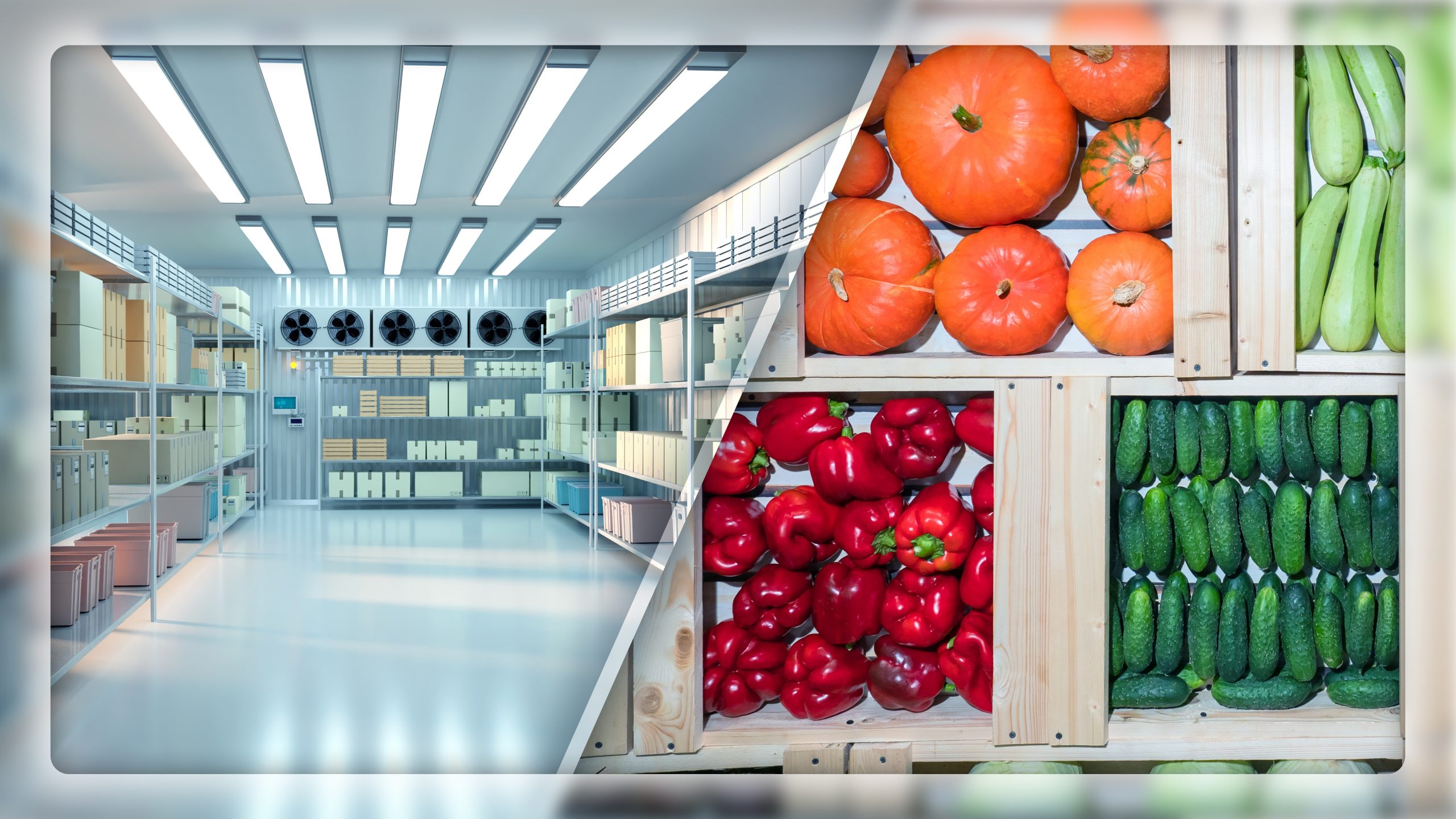
Q: Parts of the greater food industry are struggling in both unique and collective ways; which segments do you think are poised for the strongest growth?
This is a tough business that keeps getting tougher due to increasing costs. Economies of scale can help mitigate this to some extent.
I think there are opportunities in all segments, but I particularly like a combination of retail and foodservice distribution fed by value-added production facilities.
I think there are opportunities in all segments, but I particularly like a combination of retail and foodservice distribution fed by value-added production facilities.
Q: For the weaker links in the supply chain, what can be improved?
Our industry, in general, and particularly in the areas of food safety and traceability, are only as strong as their weakest link.
Further consolidation will help but everyone must be brought up to at least a minimum standard for overall success. FreshEdge companies already exceed this standard.
Q: Out of growers, distributors, grocers, or restaurants, which category will be most affected by tariffs? What can be done to ease the pain?
Tariffs will affect all of these groups as none of them have the margins to absorb such increases.
Most of the effects are short term, as the market always finds its level, and adjustments will be made to provide for the best outcome for consumers and the industry.
Grower-shippers will be the most affected due to the administrative processes and upfront cost of bonds for projected tariff collections.
Q: We hear conflicting statistics on produce sales and overall consumption, what’s your take? Is price truly the deciding factor? Or is it convenience?
The industry has been pretty flat, barely growing for the last few years. Price is a factor but somewhat offset by interest in convenience and a desire for healthier eating and lifestyles.
I think the next few years will be stronger than the past few, but the overall health of the economy will play a part in the outcome.
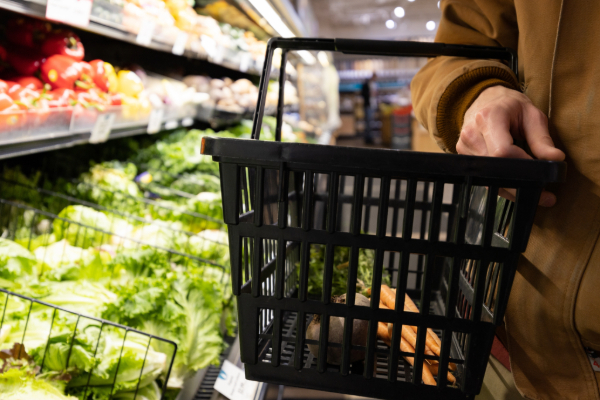
Q: With inflation and pricing taking a toll, can creative, inventive marketing (whether in-store, print, online, or across social media channels) truly influence shoppers to spend more?
Absolutely. There’s a somewhat finite number of food dollars, but we’re the healthier choice. We look to grow by offering and properly marketing our delicious and nutritious foods to all Americans.
Q: What three trends (or challenges) in the food industry will have the most impact on suppliers or distributors in 2025?
First, consumer focus on more nutritious foods and healthier lifestyles; second, employing technology to improve efficiencies and service levels; and third, government intervention or lack thereof with current and future policies.



